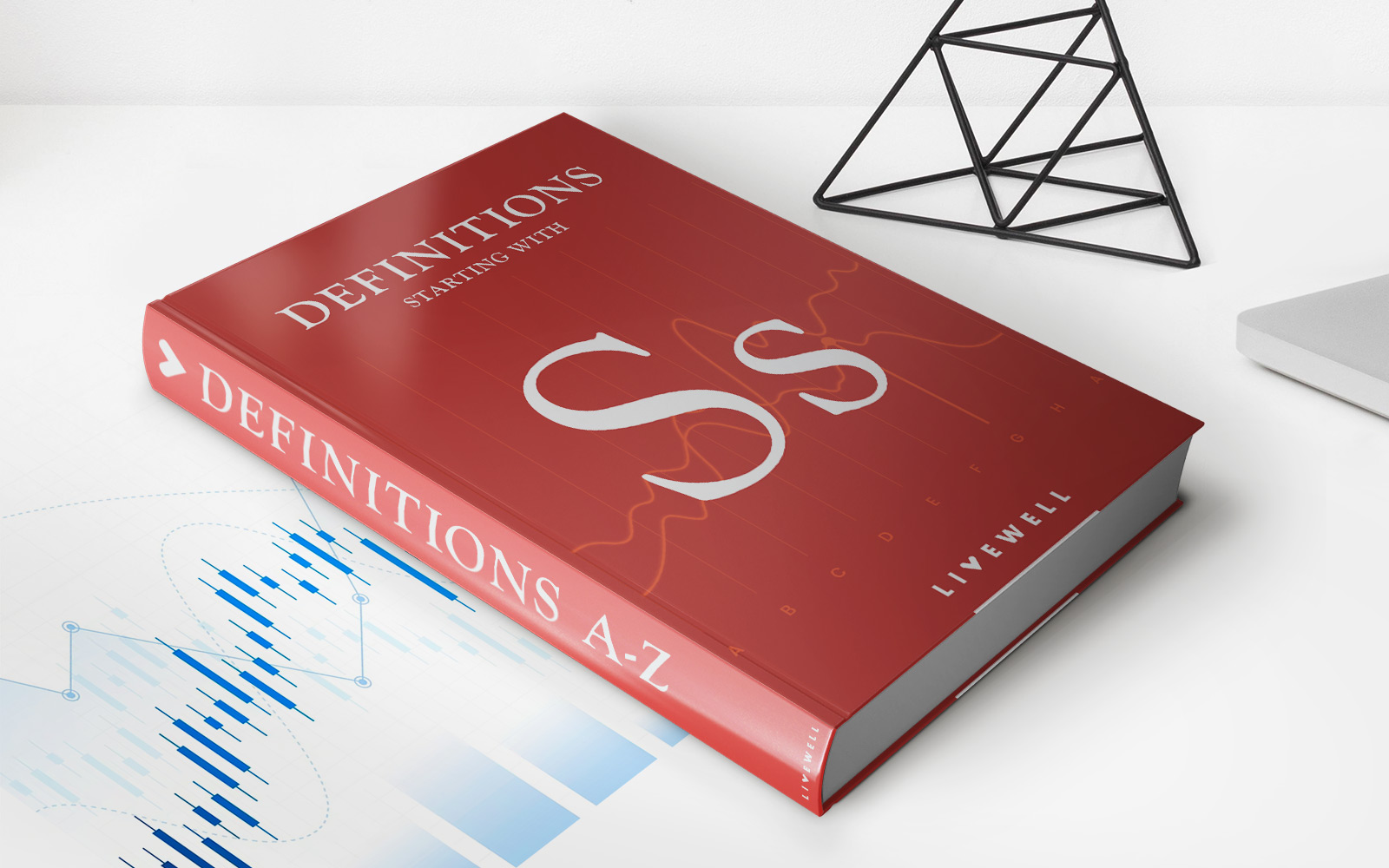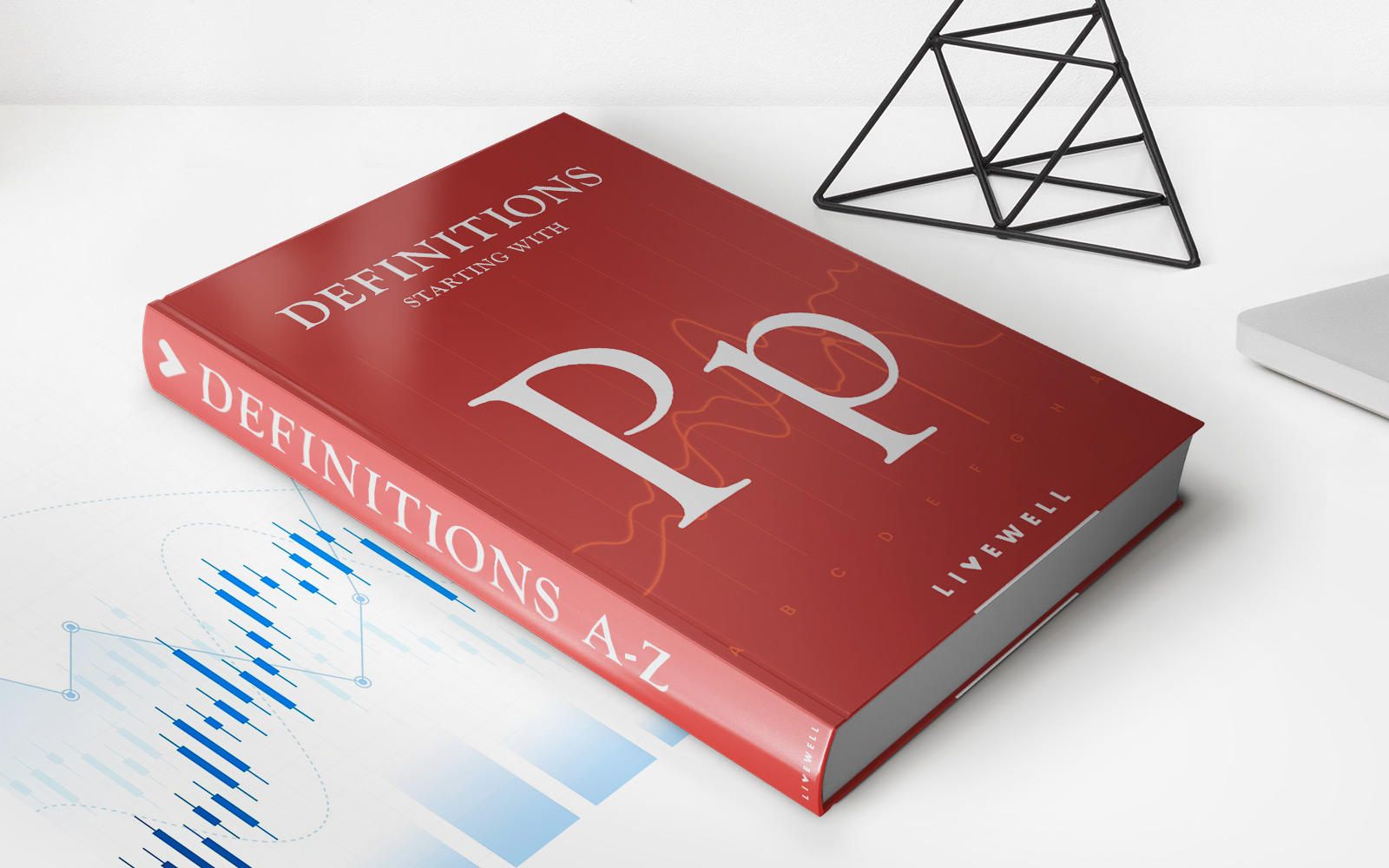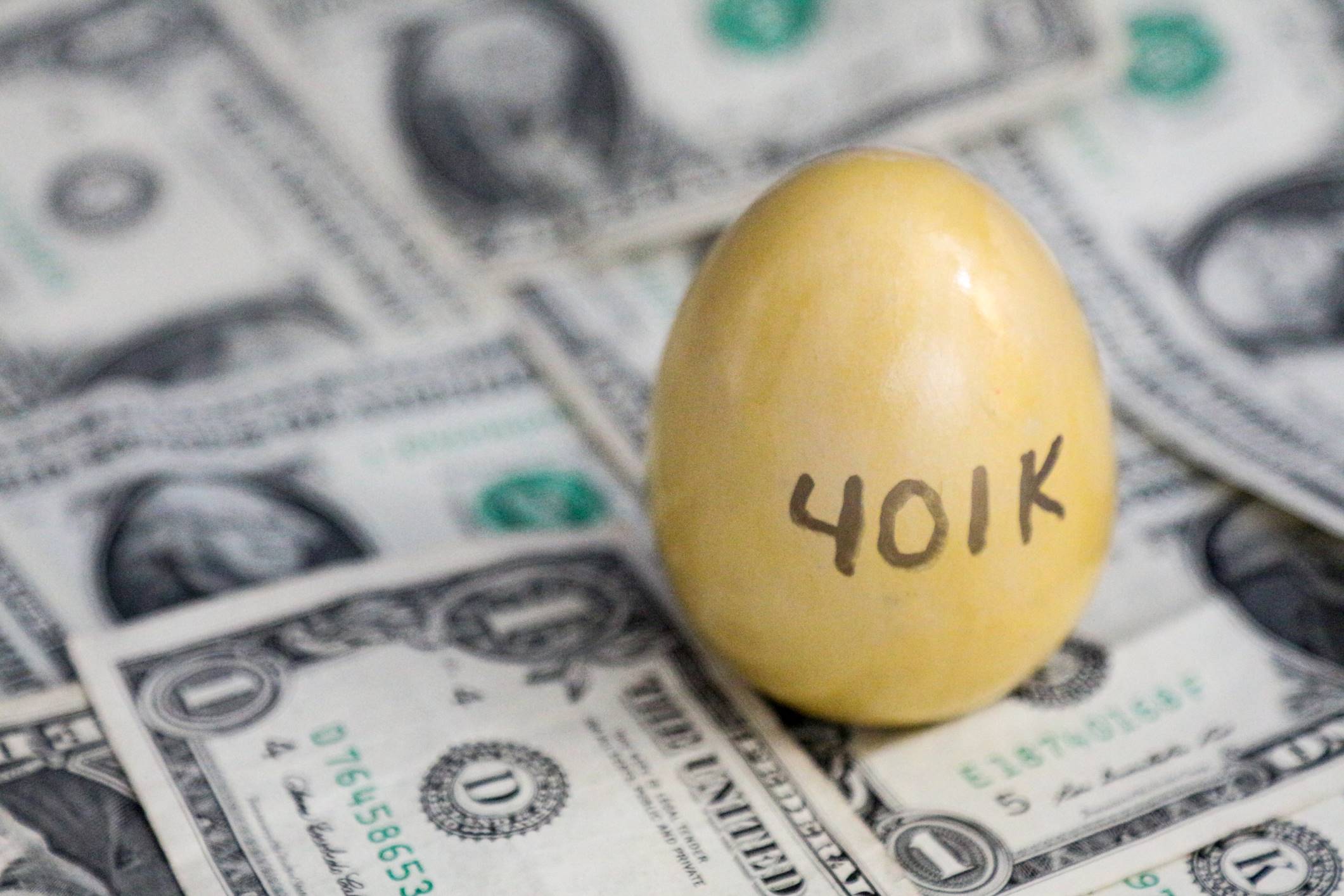

Finance
Full Stock Definition And Examples
Published: November 29, 2023
Learn the full stock definition and examples in finance. Understand the principles of stock trading and investment strategies.
(Many of the links in this article redirect to a specific reviewed product. Your purchase of these products through affiliate links helps to generate commission for LiveWell, at no extra cost. Learn more)
Understanding Full Stock: Definition and Examples
Welcome to our FINANCE category where we dive deep into the world of personal finance, investing, and everything related to money matters. Today, we are going to explore the concept of Full Stock and provide you with a comprehensive definition along with a few examples to help you grasp the concept better.
Key Takeaways:
- Full Stock represents a situation where a company has issued all the authorized shares of its common stock.
- Full Stock is an indicator that all the available shares in a company have been issued and no more can be offered to the public.
Now, let’s dive into the topic of Full Stock and understand what it means for investors and businesses alike.
Definition of Full Stock
Full Stock refers to a situation where a company has issued all the authorized shares of its common stock. In simpler terms, it means that a company has sold all the shares it intended to sell to the public. When a company reaches this stage, no more shares can be offered to the public, unless the company decides to increase its authorized capital to issue additional shares.
When a company is at Full Stock, it indicates that it has completed its initial public offering (IPO) or has reached its maximum public offering capacity.
Examples of Full Stock
Let’s explore a few examples to better understand the concept of Full Stock:
- Company A: Company A recently went public and offered 1 million shares of its common stock to the public. Within a short span of time, all the shares were bought by investors, indicating that Company A has now reached Full Stock.
- Company B: Company B had 500,000 shares of common stock authorized. Through multiple rounds of funding and public offerings, it issued all 500,000 shares to the public, reaching Full Stock. Now, Company B can no longer offer any more shares to the public unless it decides to increase its authorized shares.
Companies reaching Full Stock can be a positive sign for investors, as it may indicate high demand for the company’s stock. However, it’s essential for investors to conduct thorough research and analysis of the company’s financials and business prospects before making investment decisions.
Conclusion
In conclusion, Full Stock represents a situation where a company has issued all the authorized shares of its common stock, indicating that no more shares can be offered to the public unless the company decides to increase its authorized capital. Understanding Full Stock is crucial for investors to assess a company’s public offering capacity and make informed investment decisions.
We hope this blog post provided you with valuable insights into Full Stock. Stay tuned for more finance-related topics in our FINANCE category!














